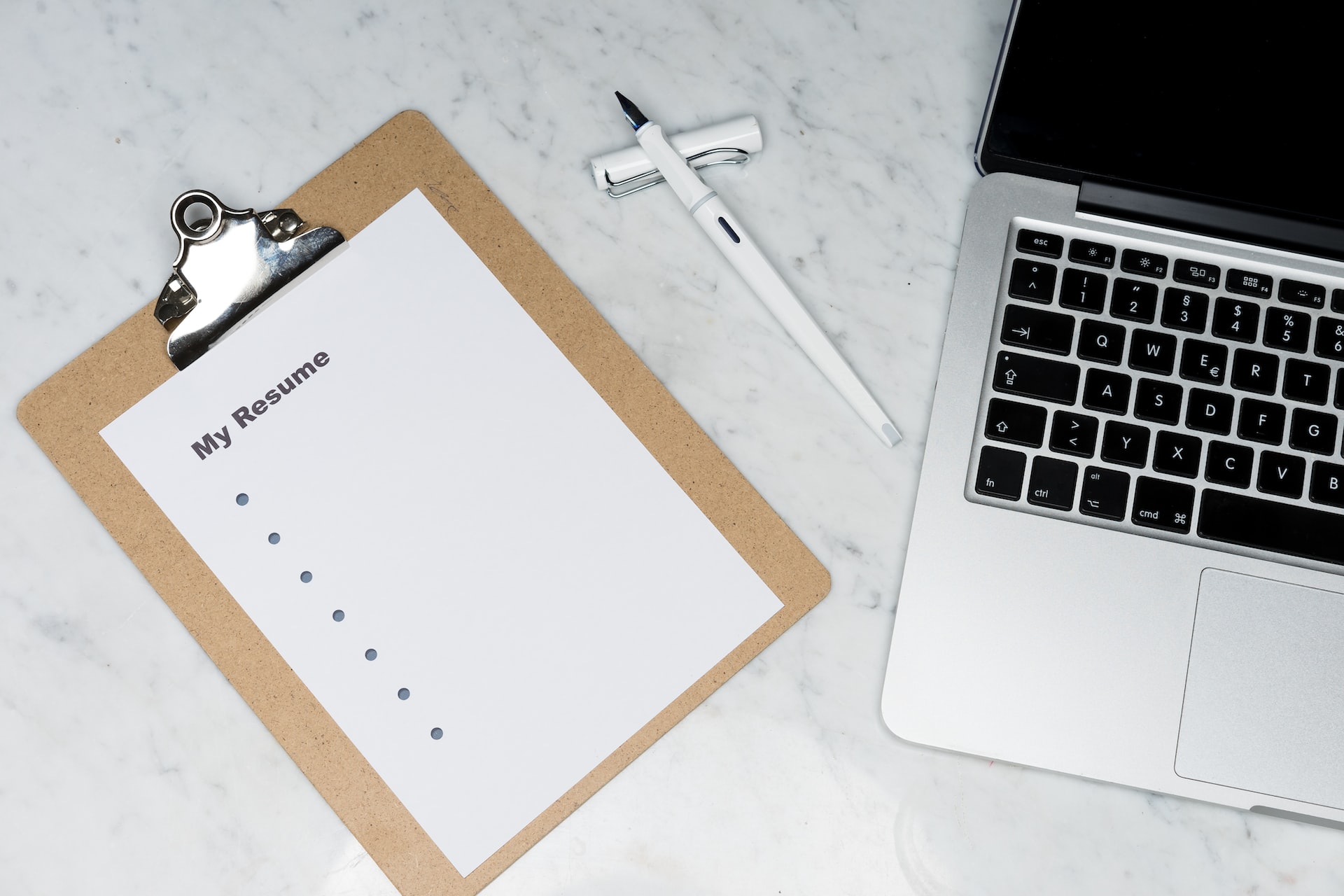
We are a reader-supported education publication. When you buy through links on our site, we may earn an affiliate commission to help us keep providing content.
Whether you’re a high schooler applying for your first job or a college grad searching for a new career, you need to learn all about resumes. Plenty of things need to go on them, while plenty of things don’t. The essentials of this vital piece of paper can help you score your first interview or only receive a “thank you for applying” note. So what is a resume?
In this article, you’ll find answers to this question, tips on what to include, and how you should format it. Get ready to find out what resumes are all about.
What Is a Resume?
What does this paper mean? A resume is a listing of all your experiences — education, previous jobs, awards, and skills. You should also include your name, phone number, current address, and email address so the person reading it knows how and where to contact you. This document is like a pre-interview before a place decides to bring you in to talk.
Resumes help those looking to fill a position learn about the best possible candidate before they interview them. They can go over any work you’ve done before, potentially reach out to your former employers, and see how you performed there. The person can also judge if you’ve received adequate education to fulfill their requirements. Any awards you’ve received showcase your mastery in the field and skills are the bonuses they’d love to know you possess.
To a job-seeker, a resume can be their golden ticket to get their foot in the door. With a well-crafted list of your background and positive attributes, the person looking at this paper can be thrilled to invite you in for an interview. While networking can do a lot for you, a robust resume can carry you the rest of the way there.
How to Structure a Resume
Now that you know what a resume is, you must learn about what goes on it. A fantastic resume can improve your chances of getting an interview, while a poor one makes that possibility plummet. So what do you need to put on there?
Name and Addresses
The first essentials are your name and contact information. If you don’t include these, it’s like passing in a test without your name on it — teachers and professors often give you an automatic zero, and managers and HR will throw it away. Your name should be the first thing at the top in larger, bold font, centered at the top of the document. Underneath this — also centered — should be your current street address, phone number and email.
Summary
Next, you’ll include a professional summary. If you have to write a cover letter in addition to your job application, this is almost like a condensed version. What makes you a good fit for this job? Which qualifications prove this? The main takeaway here is to keep it short — professional summaries should be one to three sentences long. Get right to the point of what you’re saying and let the rest of your resume do the talking.
Education
Your education listing should be the college — or high school, if you’re that age — you graduated from and the year, with the year in right alignment. If you’re still attending, format this as “2022 – Present”. College students should write the degree they earned or are going for and their GPA. High schoolers can list their high school diploma if they wish, but must include their GPA as well.

Skills
Skills are the place where you can show off a little. Are you deadline-driven, communicative, and excellent at time management? These are just a few of the soft skills employers love to see. Place the ones you think best describe you in a bulleted list along with more specific attributes for the job. For example, if you’re working in the sciences, the person looking at your resume may want to see you’re proficient in computers, specific lab equipment, and Microsoft Excel.
Experience
Here is the meat of your resume — your previous work experience. If you’ve had jobs before, list them here in chronological order. Bold your title, indicate where you worked in unbolded font, and list what years you were there. Like your graduation year, this should be right aligned. If you’ve worked many jobs, only include the ones relevant to the position you’re applying for. Then, create a bulleted list under each job and describe your responsibilities.
If you’re just graduating from college and don’t think you have relevant experience, stay calm. You can still create an Experience section or title it Relevant Coursework instead. Choose a few classes you feel demonstrate your readiness for the job and describe what you did under each. While employers do want to see previous work experience, you could still persuade them with your education.
Activities and Honors
While this may seem like a catch-all section, it can still be vital to include. Here, you can talk about relevant volunteer work and clubs you were or are involved in. Perhaps a publishing house wants to see you were part of the school newspaper or literary magazine, and a school would love to read you’ve volunteered for the community. Talk about those experiences in the same format as your experience and list any notable awards you’ve received with their details.
Notes on Formatting
Most jobs want resumes no longer than a page. This length helps reduce the time they spend looking through applications and allows you to put forth your most relevant information. People going into science or academia will probably have longer resumes, but for the average one, what is the most relevant experience you can include?
Additionally, you want your resume to be readable. Cramming everything in with a tiny font point and minuscule margins makes everything look cluttered. Try using a font size no smaller than 11 point and .7-inch margins. These should keep your document looking tidy and scannable.
Perhaps most importantly, choose a professional-looking font. If an employer sees a resume in Comic Sans or Papyrus, they’ll likely not take you seriously. Fonts like Garamond or Times New Roman are elegant, classic, and don’t make your resume hard to read or silly looking.
What Is a Resume? A Crucial Document for Job-Seekers
A resume is necessary on many job applications, but a great one can get you an interview. By listing your experience, education, and skills professionally, you may feel more confident about your future. Use this article to learn what information to include and how to keep your resume in tip-top shape.
latest in learning!
Get the latest updates in learning, teaching and everything in between! Whether you're a student or an educator, we offer the inspiration you need to fuel your classroom experience.









